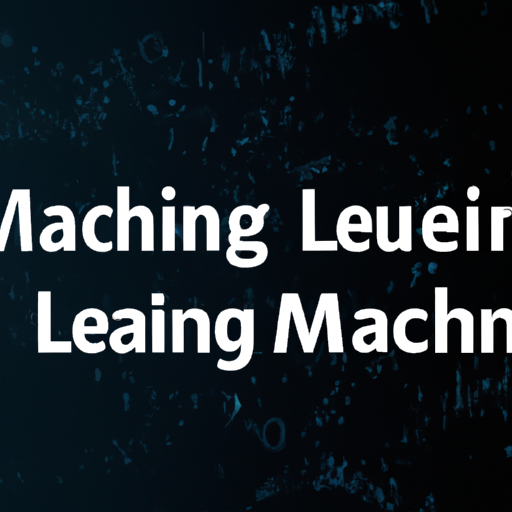Introduction To Learning In Machine Learning
Learning in machine learning is the process where a computer system improves its performance on a task over time through experience.
Imagine teaching a child to recognize different types of fruits.
At first, the child might struggle, but with continuous practice and guidance, they get better at distinguishing an apple from an orange.
This improvement process is quite similar to how machine learning works.
The core idea behind learning in machine learning is enabling computers to learn from data and make predictions or decisions without being explicitly programmed for every scenario.
It’s like giving machines the ability to learn from their mistakes and successes, refining their understanding as they go along.
Understanding The Basics Of Machine Learning
Machine learning (ML) can be divided into three primary types: supervised learning, unsupervised learning, and reinforcement learning.
In supervised learning, we have labeled data that guides the algorithm in making predictions or classifications.
Imagine you have a dataset of emails labeled as “spam” or “not spam”.
By training an ML model on this dataset, it learns to identify patterns that distinguish spam from legitimate emails.
On the other hand, unsupervised learning deals with unlabeled data where the goal is to uncover hidden patterns or relationships within the data itself.
Think about clustering customers based on their purchasing behavior without any prior labels; this helps in targeted marketing strategies.
Lastly, in reinforcement learning, an agent learns by interacting with its environment and receiving feedback in the form of rewards or penalties.
A classic example would be training a robot to navigate through a maze by rewarding it when it makes progress towards the exit and penalizing it when it hits a wall.
The Role Of Data In Machine Learning
Data is undeniably the heart and soul of machine learning.
Without quality data, even the most sophisticated algorithms fail to deliver accurate results.
The phrase “garbage in, garbage out” perfectly captures this idea.
For instance, if you’re trying to develop an AI model for diagnosing diseases using medical images but feed it incorrect or poor-quality images, its accuracy will be compromised.
Hence, having clean, relevant, and ample data is crucial for effective learning in machine learning.
Moreover, preprocessing steps such as normalization and handling missing values are essential to prepare raw data for analysis.
The Importance Of Algorithms And Models
Algorithms are like recipes that instruct computers on how to learn from data.
There are numerous algorithms used in ML depending on the problem at hand – linear regression for predicting continuous values or decision trees for classification tasks are just a few examples.
Each algorithm has its strengths and weaknesses; choosing one involves considering factors such as interpretability (how well humans can understand what’s going on), accuracy (how well predictions match reality), speed (how fast predictions can be made), among others.
Models refer typically refer specifically refer specifically refer specifically refer specifically refer specifically refer specifically trained versions of these algorithms which now include learned parameters tailored towards solving specific problems being tackled trained versions tailored towards solving specific problems faced by engineers Scientists developers working within fields related closely aligned closely aligned closely aligned artificial intelligence programming python cloud computing full stack development more!
Training And Evaluation
Training involves feeding training involves feeding constructed models large amounts labeled unlabeled datasets repeatedly iterating adjusting weights biases contained within neural networks ultimately refining predicting capabilities maximizing ensuring best possible performance evaluation another critical stage ensuring reliable test unseen validating against truths verifying generalization capability effectively avoiding overfitting common pitfall particularly complex models tend memorize rather generalize needed real world applications!

